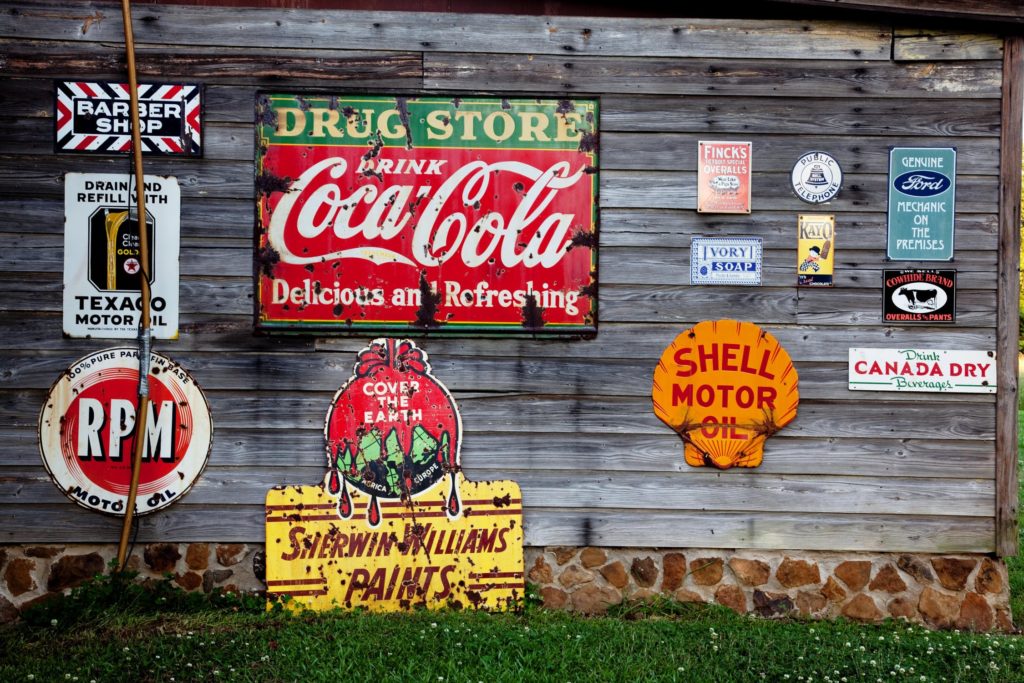
Don’t be daunted when it comes to Content Marketing. Almost all of us will think of Facebook, LinkedIn, Youtube, and blogs when we hear “content marketing.” The truth is, content marketing has been around far longer than the internet. The roots of content marketing lie in storytelling.
If I were to ask you how old is content marketing, what would your answer be? 20, 40, or 60 years? What if I told you that content marketing is almost 300 years old, at the least! Some experts argue that content marketing is as old as cave painting dating to 4200 B.C. and loosely translated as “6 ways a spear can save you from a boar.” Generally accepted, however, a man many of you are familiar with named Benjamin Franklin first published his annual “Poor Richard’s Almanack” in 1732 to advertise his new printing business. Franklin believed the best way to advertise his printing business was to print his own Almanack in hopes that others would want to print there too.
Content marketing really began to pick up steam around the 1890s. With the industrial revolution came technological advances in transportation and communications which afforded brands the ability to forge stronger connections with their customers.
A great example of this time frame is John Deere. In 1895, John Deere produced a lifestyle magazine for farmers (their target audience) that they called “The Furrow.” This publication was not a catalog to sell their products though increased sales was a happy byproduct of the publication. The Furrow was complimentary, “Sent to you with the compliments of your John Deere Dealer.”
Now listen up, here’s the crux of content marketing which John Deere understood. When you produce content for your target audience that is helpful and free, they will engage with you, spread your message, and even buy from you. You increase your brand awareness and brand loyalty through content marketing.
Utilizing social media, this engagement looks like follows, likes, and shares. When your audience likes and comments on your content, it opens up your content to their audience as well. When they share your content, they help to spread the word. Now, I am sure you have a great product and/or service so when they share your content, they’ll also be talking highly of your brand. What is more powerful than a genuine endorsement from a potential client’s personal connections?

Another great example from the time frame is the dessert we all know and love, Jell-o. The owner of the Genesee Food Company, Francis Woodward had purchased the name and business for Jell-o in 1889. It may be hard to believe today, but they were facing challenges in making Jell-o a popular American dish and sales were extremely slow. It is even rumored that in his frustration, Woodward tried to sell the Jell-o name and business for $35.
Ultimately, Woodward decided to change his marketing tactics. In 1902, they coined Jell-o as “America’s Most Favorite Dessert” and placed ads in the “Ladies Home Journal.” The Ladies Home Journal was the medium they needed to reach their target audience and this tactic led to a huge boost in sales. Woodward also had his salesman distribute free booklets of “best-seller” recipes for Jell-o dishes which really paid off.
In the 1920’a and 30s came radio. In 1922 Sears launched the “World’s Largest Store” radio program which helped to keep farmers informed during the deflation crisis with content created by Sears Roebuck Agricultural Foundation. From the same era, P&G began to use radio soap operas with brands such as “Duz” and “Oxydol” which were soaps, hence the name “soap operas.”
Here is one that takes me back to my childhood and playing with my friends. Hasbro had created their G.I. Joe toys but they didn’t have the rich background that their competition, Kenner Toy Company had with its Star Wars action figures. In 1982, Hasbro partnered with Marvel to create the G.I. Joe comic books.
Television advertising laws at the time restricted the amount of animated film that could be associated with a toy commercial. Hasbro took a gamble and decided to create a TV Commercial that solely promoted the comic book, a loophole which afforded them the ability to include a lot more animation. The gamble paid off and revolutionized toy marketing. The rich back story the comics created for the G.I. Joe action figures led to a vast increase in sales, and two out of three boys aged 5-12 have at least one G.I. Joe.
Content marketing explodes as the digital age dawns in the 90s. Marketers who were accustomed to television, print media, and direct mailing shifted their focus to their digital placements. With the increase in computer use and the dot-com bubble, digital placement was the natural evolution. Companies created websites and blogs while beginning to utilize email. The foundation of our marketing strategy became e-commerce and digital distribution.
As we kick off the 2000s, content marketing becomes more akin to what we think of it as today. Social Media was created and started to take off. By 2011, Twitter has 100 million active users worldwide. Facebook has over 1.5 billion monthly active users by the end of 2015. Similarly, YouTube had over one billion users by 2016.
The amount of visibility you and your brand can gain through social media drastically huge. Actually gain visibility is another matter entirely. Your competition is utilizing social media just like you are. Your target audience has a finite amount of attention to give, and brands struggle to compete again one another for it.
How do you best reach your target audience? How do you get your brand and content seen amongst the vast ocean of everything else that is on social media? All great questions which we’ll address in another article soon.
Until next time, keep smiling.


Recent Comments